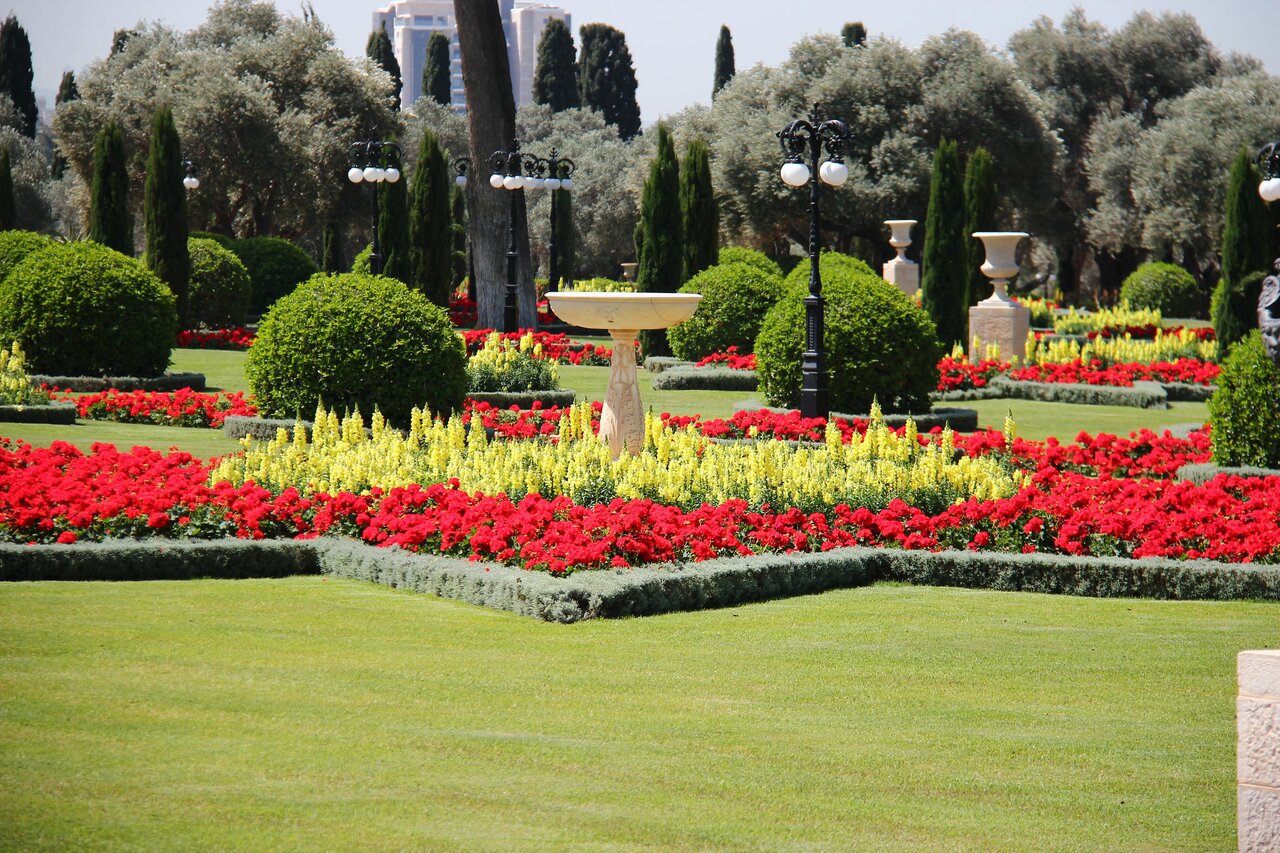Parks are not sustainable, self-replicating, or ecological landscapes, but still, they are beloved. The constant stimulus of city life can be mentally straining, and parks provide a cognitive release from the complex demands of urban life.
Activity spaces, digital landscapes, hardscapes, lighting, irrigation, softscapes, stormwater management, and urban furniture, are all parts of the public space, and can with help of technology and planning become a part of a Smart Eco-City.

Creating technology-enabled Smart Parks does not require a monumental shift in management practices or departmental organization, nor does their creation require excessive capital expenditure. The smart approach is to start small and build on success with incremental changes.
Smart Parks are an asset to any community. They use technology to enhance community access, fit, and diversity; increase health outcomes and safety; and improve water, energy, operations, and maintenance efficiency. To encourage the consideration of using technology to address common public park management challenges, such as underutilization and lack of resources.
The use of sensors and AI can lower costs and increase efficiency, communities that love their park can come together around information and park management achievements, in simple and sustainable ways.